
Observations from Nature and Practical Experience
Since ancient times, coastal communities in China have observed that natural oyster reefs help protect shorelines, reduce erosion, and enhance the durability of waterfront structures. When constructing dikes, ports, and river bridges, they noticed that areas with naturally occurring oysters were less prone to damage.
 |
 |
Application in Ancient Structures
The use of oysters in hydraulic engineering can be traced back to the Tang Dynasty (618–907), when the Chinese built extensive dike and bridge systems. By the Ming and Qing Dynasties (1368–1912), coastal communities utilized oyster reefs to protect harbors, breakwaters, and possibly even bridge piers. This natural method was cost-effective yet highly efficient.
Then, in 1058, the high-ranking scholar Cai Xiang came along with a new concept for the bridge: cultivating oyster reefs around the foundational piers. This method reinforced the piers structurally and the oyster reefs created a natural, sustainable defense against the formidable weather surges, bolstering them against storms.

Fast-forward nearly a thousand years and architecture firms in New York are using oysters in multi-million dollar projects like Living Breakwaters to combat climate change by mitigating flood damage, harnessing natural water filtration systems, and reintroducing marine ecosystems. It may have a new-fangled name in Oyster-tecture, but, in essence, it is a reimagining of Cai Xiang’s millennia-old method of cultivating oyster-reefs.

Oysters not only protected bridge piers but also played a crucial role in underwater architecture. New York-based architect Kate Orff coined the term "Oyster-tecture" to describe the use of oyster reefs in construction. However, in China, this practice may have originated as early as 1059. A prime example is the Luoyang Bridge in Quanzhou, Fujian, which has been recognized as a UNESCO World Heritage Site.

The location of Luoyang Bridge, known for strong winds and fluctuating water levels, required innovative construction techniques. Initially, a ferry connected both sides of the river, but poor conditions led to accidents. A floating bridge was later installed, with stone piers at both ends supporting wooden planks. However, this solution also failed due to frequent destruction by powerful currents. Eventually, the integration of oysters to reinforce the bridge piers enabled the structure to withstand environmental challenges for centuries.

Oysters have the ability to attach to hard surfaces such as stone, concrete, wood, and even metal. Once they adhere to bridge piers, they develop into dense oyster reefs, forming a tough shell that protects the surface from:

Today, scientific research has confirmed the benefits of oysters in protecting coastal structures and bridge piers. Some of the key advantages of using oysters include:

The use of oysters to protect bridge piers is a testament to the fusion of folk wisdom and modern science. From early coastal observations to contemporary applications, this method has evolved into a sustainable construction solution, prolonging the lifespan of infrastructure while preserving the environment. China remains a pioneer in studying and implementing this approach, paving the way for its adoption in hydraulic engineering worldwide.
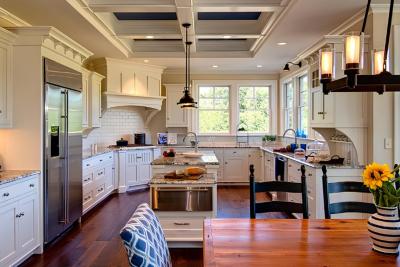
The News 14/12/2025
Architectural Digest gợi ý Cloud Dancer phù hợp với plush fabrics và những hình khối “mềm”, tránh cảm giác cứng/rigid; họ liên hệ nó với cảm giác “weightless fullness” (nhẹ nhưng đầy) [3]. Đây là cơ hội cho các dòng vải bọc, rèm, thảm, bedding: màu trắng ngà làm nổi sợi dệt và tạo cảm giác chạm “ấm”.Pantone has announced the PANTONE 11-4201 Cloud Dancer as the Color of the Year 2026: a "buoyant" and balanced white, described as a whisper of peace in the midst of a noisy world. This is also the first time Pantone has chosen a white color since the "Color of the Year" program began in 1999. Pantone calls Cloud Dancer a "lofty/billowy" white tone that has a relaxing feel, giving the mind more space to create and innovate [1].
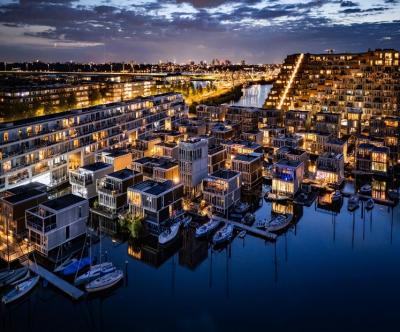
The News 04/12/2025
The Netherlands is one of the most vulnerable countries to climate change, with about a third of its area lying below sea level and the rest regularly at risk of flooding. As sea levels are forecast to continue to rise and extreme rains increase, the government is not only strengthening dikes and tidal culverts, but also testing new adaptation models. Floating housing in Amsterdam – typically the Waterbuurt and Schoonschip districts – is seen as "urban laboratories" for a new way of living: not only fighting floods, but actively living with water. In parallel with climate pressures, Amsterdam faces a shortage of housing and scarce land funds. The expansion of the city to the water helps solve two problems at the same time: increasing the supply of housing without encroaching on more land, and at the same time testing an urban model that is able to adapt to flooding and sea level rise.
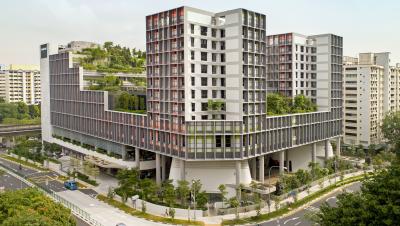
The News 20/11/2025
Kampung Admiralty - the project that won the "Building of the Year 2018" award at the World Architecture Festival - is a clear demonstration of smart tropical green architecture. With a three-storey "club sandwich" design, a natural ventilation system that saves 13% of cooling energy, and a 125% greening rate, this project opens up many valuable lessons for Vietnamese urban projects in the context of climate change.

The News 10/11/2025
In the midst of the hustle and bustle of urban life, many Vietnamese families are looking for a different living space – where they can enjoy modernity without being far from nature. Tropical Modern villa architecture is the perfect answer to this need. Not only an aesthetic trend, this is also a smart design philosophy, harmoniously combining technology, local materials and Vietnam's typical tropical climate.
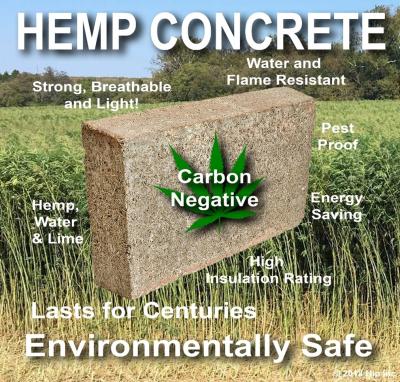
The News 25/10/2025
Hemp-lime (hempcrete) is a non-load-bearing covering material consisting of a hemp wood core (hemp shiv/hurd) combined with a lime-based adhesive, outstanding for its insulation – moisture conditioning – indoor environmental durability; in particular, IRC 2024 – Appendix BL has established a normative line applicable to low-rise housing, strengthening the technical-legal feasibility of this biomaterial.
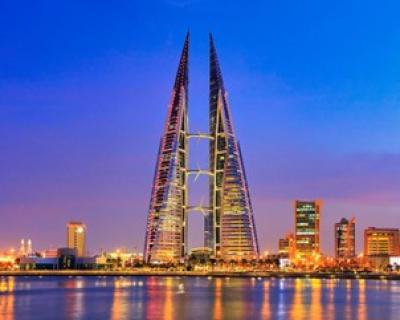
The News 11/10/2025
Amid rapid urbanization and global climate change, architecture is not only construction but also the art of harmonizing people, the environment, and technology. The Bahrain World Trade Center (BWTC)—the iconic twin towers in Manama, Bahrain—is a vivid testament to this fusion. Completed in 2008, BWTC is not only the tallest building in Bahrain (240 meters) but also the first building in the world to integrate wind turbines into its primary structure, supplying renewable energy to itself [1]. This article explores the BWTC’s structural system and design principles, examining how it overcomes the challenges of a desert environment to become a convincing sustainable model for future cities. Through an academic lens, we will see that BWTC is not merely a building but a declaration of architectural creativity.